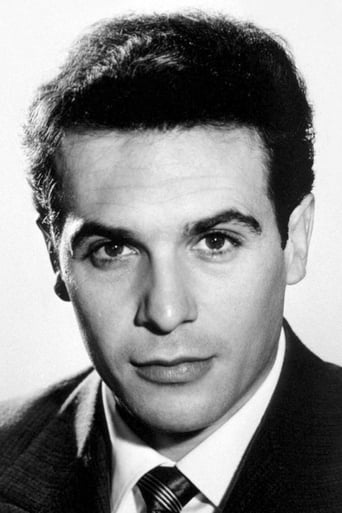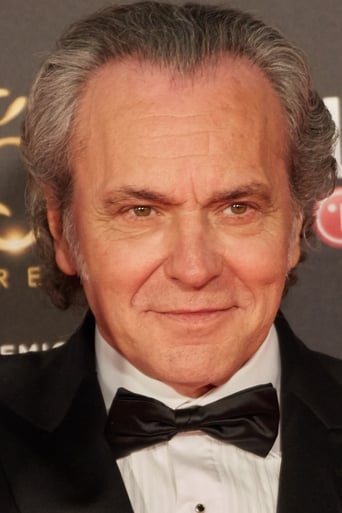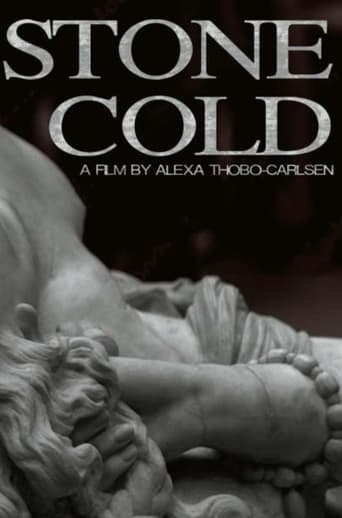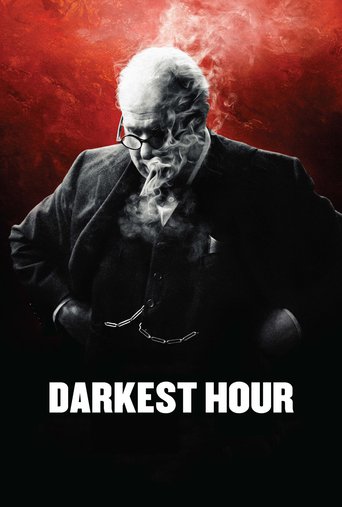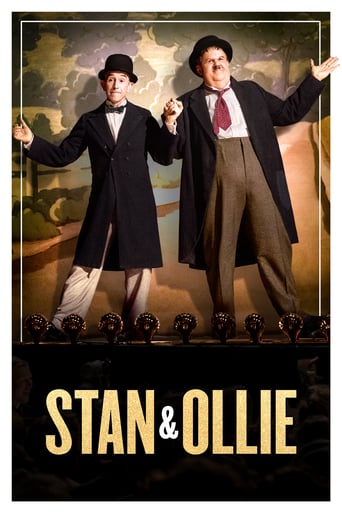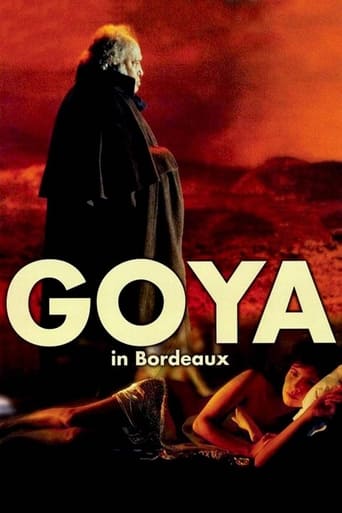
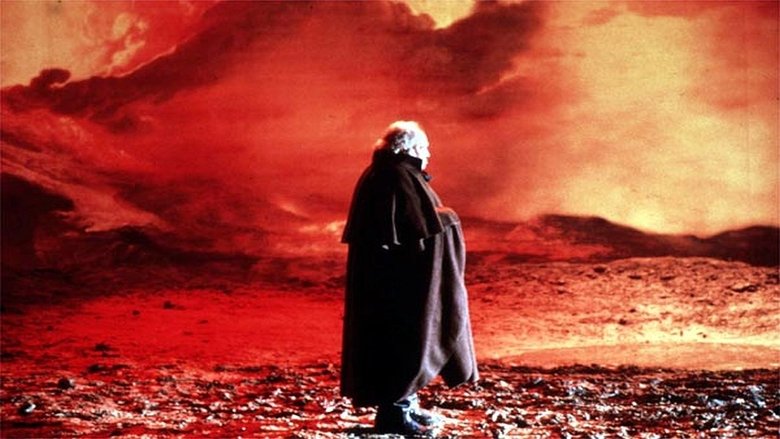
Goya in Bordeaux (1999)
Francisco Goya (1746-1828), deaf and ill, lives the last years of his life in voluntary exile in Bordeaux, a Liberal protesting the oppressive rule of Ferdinand VII. He's living with his much younger wife Leocadia and their daughter Rosario. He continues to paint at night, and in flashbacks stirred by conversations with his daughter, by awful headaches, and by the befuddlement of age, he relives key times in his life.
Watch Trailer
Cast
Similar titles
Reviews
Yawn. Poorly Filmed Snooze Fest.
Overrated and overhyped
This film is so real. It treats its characters with so much care and sensitivity.
what a terribly boring film. I'm sorry but this is absolutely not deserving of best picture and will be forgotten quickly. Entertaining and engaging cinema? No. Nothing performances with flat faces and mistaking silence for subtlety.
This is a highly theatricalized vision of the notorious exiled painter. Picture was originally directed by Carlos Saura and filmed with a pervasive melancholy that does for slow drama . It is is an emotive biography (1746-1828), involving 18-19th century famed Spanish painter named Francisco De Goya Lucientes (Francisco Rabal and as young played by Jose Coronado) and famous model (Maribel Verdu) for the famed painting . It's a slow vision of Saragossan painter Francisco Goya Lucientes' last days in Burdeos , ill and deaf , as he wanders through the streets and remembers the citizens uprising against Napoleon troops . It portrays his relationship with historic personages as Duchess of Alba (Verdu) , Moratin (Joaquin Climent) , Bayeu and the scheming favorite Godoy (Jose Maria Pou). As Goya observes and reminds events, dances , parties , inquisition , French invasion that inspired his work ; as his reveries become tableaux of his paintings . As the highlights of the movie result to be when are brought to life scenes of known paintings as ¨Disasters of war¨, ¨Saturn devouring his sons¨, ¨portrayal of Carlos IV family¨,¨, ¨Los Caprichos¨ , ¨Black paintings¨ , and lithographs , among others . Two of Goya 's best known paintings are The Nude Maja and The Clothed Maja . They depict the same woman in the same pose, naked and clothed, respectively. Without a pretense to allegorical or mythological meaning, the painting was "the first totally profane life-size female nude in Western art" . The identity of the Majas are uncertain. The most popularly cited models are the Duchess of Alba , with whom Goya was sometimes thought to have had an affair, and Pepita Tudó, mistress of Manuel Godoy; Godoy subsequently owned them .This is a costumer based on facts but predominates the slow-moving drama full of flashbacks with surrealist images , nightmarish scenes and colorful set-pieces . The picture relies heavily on relationship between Goya , his wife Leocadia played by Eulalia Ramon (real life spouse to Saura) , his daughter performed by Dafne Fernandez and Duchess of Alba acted by Maribel Verdu . Glamorously and sumptuously photographed by Vittorio Storaro , Bernardo Bertolucci's usual . Lavishly produced by Andres Vicente Gomez , the gowns are extravagantly magnificent ,luxury rooms and paintings pass by in front of your eyes and spectacular though theatrical production design . The sets are superb, at least as good as any other period piece films directed by Saura , furthermore great intervention by the group Furia Del Baus who carries out rousing choreography . Emotive and evocative musical score by Roque Baños. The motion picture is well directed by Carlos Saura , a good Spanish movies director. He began working in cinema in 1959 when he filmed ¨Los Golfos ¨(1962) also dealing with juvenile delinquency . Saura is a well recognized filmmaker both nationally and internationally, and in proof of it he won many prizes among which there are the following ones: Silver Bear in the Berlin Festival for ¨ La Caza or The Chase¨ (1966) his most successful film , and for Peppermint Frappé (1967), in 1967. Special Jury Awards in Cannes for La Prima Angélica (1974), in 1973, and for Cría Cuervos (1976), in 1975. Also, the film Mamá Cumple Cien Años (1979) got an Oscar nomination in 1979 as the best foreign film, and it also won the Special Jury Award at the San Sebastian Festival. In 1990, he won two Goya , The Spanish Oscar , as best adapted screenplay writer and best director. Saura became an expert on Iberian musical adaptations as ¨Carmen , Amor Brujo , Bodas De Sangre , Sevillanas ,Iberia , Salome, Fado, Flamenco ¨ and even recently Opera as ¨Io , Don GiovanniOther films dealing with Goya's life are : ¨The Naked Maja¨ (1958) by Henry Koster with Anthony Franciosa and Ava Gardner ; ¨Goya¨ by Nino Quevedo also with Francisco Rabal ; ¨Los Desastres De Guerra¨ TV series by Jose Ramon Larraz with Enric Majo as Goya , ¨Volaverunt¨ (1999) by Bigas Lina with Penelope Cruz , Jordi Molla and Jorge Perugorria as Goya .
Visually stunning, the film starts in the final moments of the artist's life, where usually people tend to revise their entire existence. Seems like a cliché, and it is; however, it doesn't affect its result and it should please Goya's and Saura's fans.The film dedicates itself completely to art fans, not just movie fans, and since it's Goya' life it must be that way. Great accomplishment by Saura, who mixes music, dance and visually transports us into Goya's psyche. Francisco Rabal delivers a trademark performance keeping testosterone and heartfelt in good level with old age.Milos Forman disappointing Goya's Ghosts is far from comparison with this one.Another gem that should not be missed by any art fans in general.
Having Goya's exciting paintings on my mind I expected something different. Goya's life must have been interesting, but the film left out most of it. Every piece of story which could have been shown in a slightly more entertaining way (e.g. the plot against the Marquesa or how he worked himself to success) have been dropped before they really started. Instead, the movie got stuck in endless monologues and lulling dialogues. Some scenes seemed to be made for a theatric play, and I thought they didn't belong into a motion picture. I also missed a clear explanation of the historical and political setting. I did not fully understand Goya's relation to the French nor his political role in Spain. Nonetheless, I liked most of the transitions of his paintings into film sequences. But overall, I can only give 5/10.
Peter Greenaway was the first to show us that film could be "moving painting" (as opposed to moving photography). The life of Goya is reflected to the screen through his paintings and it is very beautifully done.Saura is very careful to stress the "artistic" side of Goya's personality and all his love affairs, political views are secondary to it. You can get a clear picture of what kind of a painter this spanish was. A little too formalistic maybe...Good job anyway. Pleasure for the eyes..
